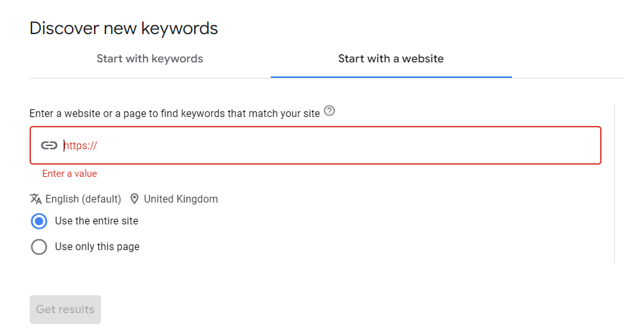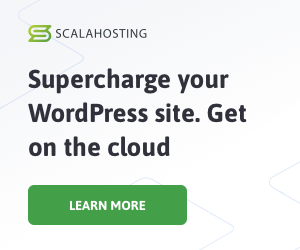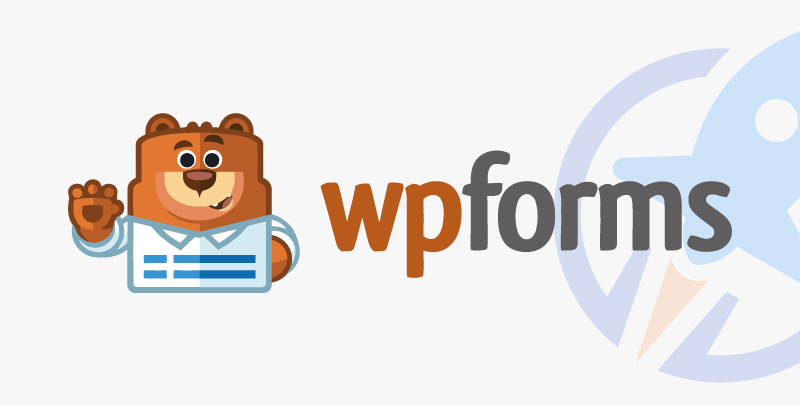PPC and SEO are each important elements of any digital marketing campaign. Very often, rather than working cross-channel, we see them operating in silos, causing inefficiencies and resulting in missed opportunities.
Cross-channel synergy is often talked about, seldom achieved, but genuinely possible.
When PPC & SEO teams collaborate it enables your business to work towards achieving more from the search results and across the web. If you are able to secure both ad placements and organic search rankings, you increase your visibility and credibility. This all results in more awareness, higher website traffic and in turn more conversions.
In this article I will share 10 ways in which you can integrate your SEO & PPC marketing to strengthen your strategies with collaborative research, testing and learning.
1. Keyword Research
A building block of both PPC and SEO, there are time and cost savings in integrating the task of keyword research between the teams. Through collaboration you can:
- Save time through by not doubling up tasks
- Identify gaps in keyword coverage where you are weak organically that can be plugged through paid advertising
- Share insights and data on search volume and keyword competitiveness
- Share research tools
A combined approach will benefit you with better search term visibility, and a knock-on effect of higher website traffic.
2. Page plans & Quality Score
Once you’ve identified your keyword targets for both paid and organic, you can use the SEO page plan to map out the best ad landing pages for each of your keywords. As you know what terms each page in the plan will be optimized for, you will see benefits in your quality score. Your landing page relevance and experience should increase.
3. Landing Page Analysis
You can use Google’s Keyword Planner for more than just keyword research. The tool has a URL function to help find new keywords which can also be used to understand what content Google identifies on your page.

If Google Keyword Planner returns a high volume of irrelevant keyword suggestions it may indicate the page content does not align with the terms users are searching. You may want to review the on-page content and factor this into your on-page SEO optimisations.
4. Search Term Data
Through PPC and SEO synergy you are able to gather a large amount of search term data. This can be collected through both search term reports, Search Console and your on-site search results.
By sharing this search term data across your channels you can identify what terms a user is searching for to get to your website, as well as what they are looking for when they get there. By understanding these elements you can develop better ad strategies to target what customers want before delivering them to the most relevant page.

When you reversing this process and shar from PPC to SEO, you can identify which keywords have the highest impression and click volume, as well as the ones driving the most conversions. You can then use this information to influence your keyword optimisation plan for the most valuable terms. If you can achieve higher organic rankings for these core terms you can then reduce the ad spend required to capture the traffic from them.
5. Product Feeds
The product feeds used to power shopping ads across paid platforms are built on the organic product data available on each product page. Through collaboration you can test and improve the product titles and descriptions with knock-on benefits to both PPC and SEO.
Feed optimisations in Merchant Centre, or other feed platforms such as Feed Optimize or Product Hero, can allow you test changes to product titles without changing the on-site content. This will allow you to assess the impact on performance metrics, such as ad delivery and CTR, before rolling out such changes organically.
When making changes to the product attributes live on the website it is important that your PPC and SEO teams are communicating. As the feed is directly responsible for how a product matches to a user’s search, if changes are made without consultation it can lead to a decline in delivery and sales through paid ads.
Over time Google continues to expand the use of free product listings. Previously these were only present in the shopping tab, but have now rolled out to feature in the main search page. To get these free product listings a feed needs to be submitted through Google Merchant Centre. To avoid duplication issues it is important again for communication between departments.

6. Ad Headlines
Search ads provide an opportunity to find out what messaging best attracts potential customers to click through to your website. You can use search ads to test messaging and identify angles that have a higher CTR.
By understanding the messaging that works best you can use this to guide your:
- Title tags
- Meta descriptions
- Onsite headlines
- Page content
Testing messaging through paid ads reduces the risk of unknown performance when rolling straight out to your organic listings.
In Google Ads, you can run these tests through either headline and description pinning, or through using the A/B variant experiment. These methods enable you to identify which messaging performs best. When using multi-asset variations, you can use asset insights to understand which variations Google is favouring.
7. Landing Pages
Paid ads can drive high traffic volumes in shorter spaces of time. They also offer the benefit of driving high intent traffic to your website. You can use this traffic to test changes to a landing page before rolling them out to your core site pages.
This approach helps to reduce risk and accumulate data more quickly, allowing you to be more reactive. You can use it to establish what improves or hinders conversion rates, as well as overall onsite engagement.
8. Data Analysis
Across PPC and SEO there exists a wealth of data. Through data sharing you can acquire a more comprehensive understanding of your website users, and how they behave onsite, as well as how they got to your site in the first place.
Rather than focusing on data just from the channel you’re tasked with managing, by analyzing overall performance you can uncover trends in keywords, onsite engagement and conversion rates.
If you assess where you are strong organically against the terms you are currently targeting with ads, you can begin to achieve better budget optimisation to identify superfluous spend and gaps in coverage.
9. Site Improvements
Technical SEO helps you to identify on-site issues. By sharing what these issues are across teams it can help to put your ad performance in context. For example, are there slow page load speeds? Has there been an increase in 404 pages?
You can make use of Google Ads scripts to notify you daily if any of your ads or assets are pushing to 404’s. This information can again be shared with the SEO team.
10. Display Placements
You can use display placements through the Google Display Network and programmatic providers such as Stack Adapt to target ad placements that align with your digital PR and link building strategy. These ad placements will connect the user experience and increase your brand exposure.
In conclusion..
Whether you manage your campaigns in house, have a single agency managing both PPC and SEO, or multiple agencies, you should be challenging each team to maximise collaboration. By leveraging data from multiple digital channels you can improve efficiency, visibility, traffic and conversions.
The post 10 Ways to Achieve True Cross-Channel Synergy first appeared on PPC Hero.













